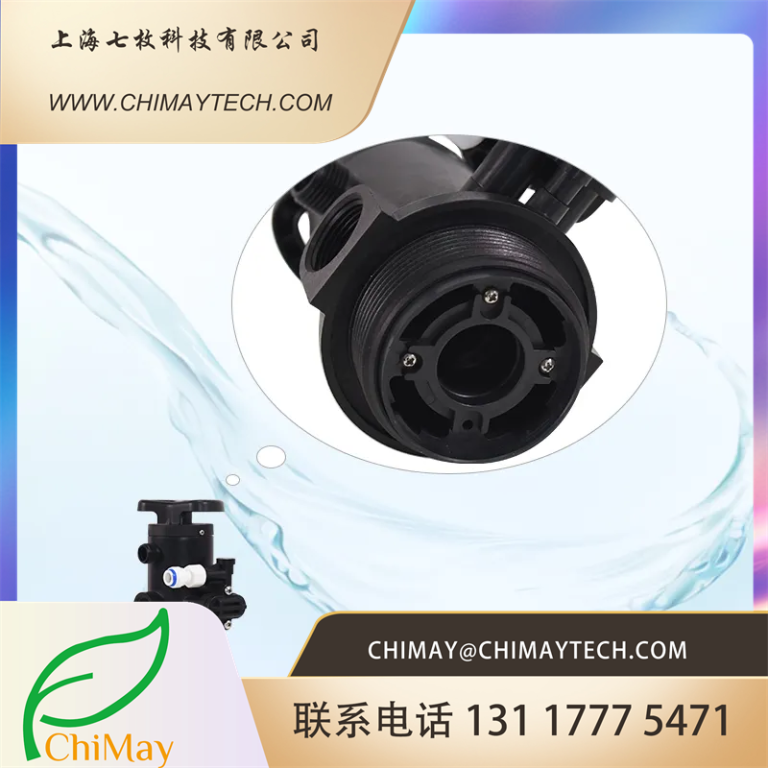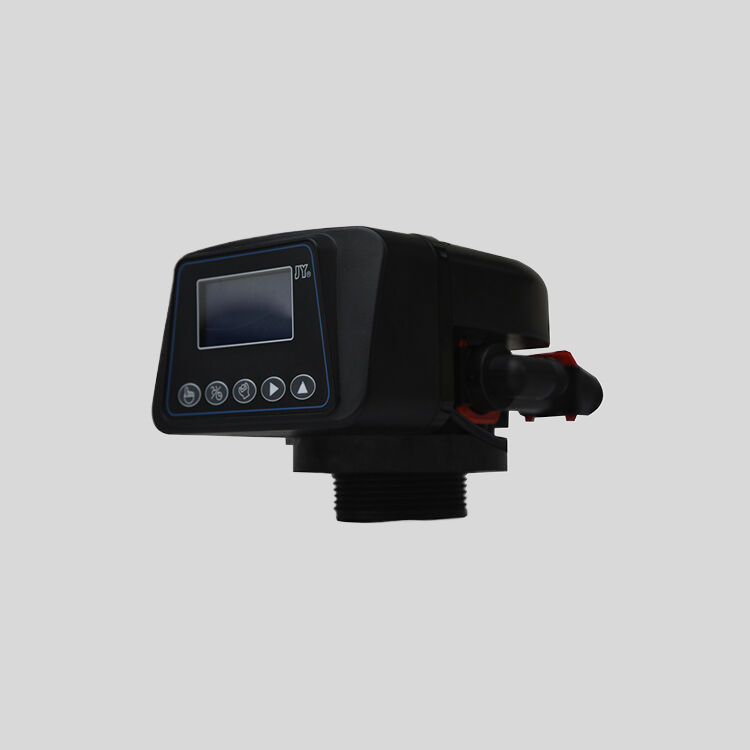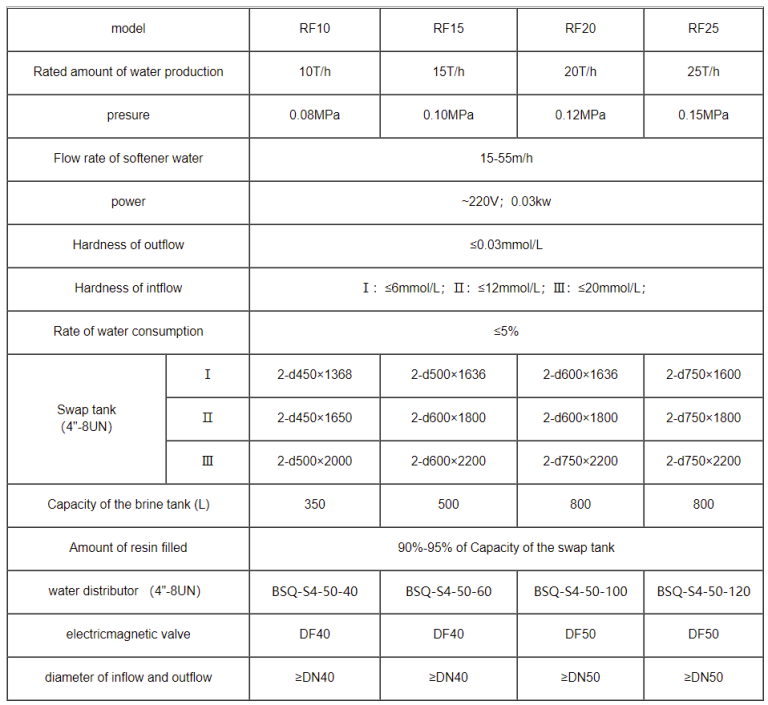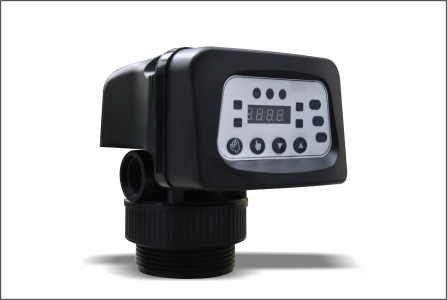Table of Contents
Benefits of Installing a Control Head for Your Water Softener
Water softeners are essential appliances in many households, especially in areas with hard water. Hard water contains high levels of minerals such as calcium and magnesium, which can cause a variety of issues including scale buildup in pipes and appliances, soap scum on dishes and laundry, and dry skin and hair. To combat these problems, many homeowners choose to install a water softener to remove these minerals from their water supply.
One key component of a water softener is the control head, which is responsible for regulating the regeneration process of the softener. The control head is essentially the brain of the water softener, controlling when and how often the system regenerates to ensure that the resin beads are properly cleaned and recharged. By installing a control head on your water softener, you can enjoy a number of benefits that will help to improve the efficiency and effectiveness of your system.
One of the main benefits of installing a control head on your water softener is improved efficiency. The control head is programmed to monitor the water usage in your home and regenerate the system only when necessary. This means that the system will not waste water or salt by regenerating too frequently, saving you money on your water and salt bills. Additionally, the control head can be programmed to regenerate at specific times of day when water usage is low, further reducing waste and ensuring that your system is operating at peak efficiency.
Another benefit of a control head for your water softener is improved water quality. By regulating the regeneration process, the control head ensures that the resin beads in the softener are properly cleaned and recharged, allowing them to effectively remove minerals from your water supply. This results in softer water that is free from scale buildup, soap scum, and other contaminants, providing you with cleaner dishes, laundry, and skin and hair.
In addition to improved efficiency and water quality, a control head for your water softener can also provide you with peace of mind. The control head is equipped with advanced monitoring and diagnostic capabilities that allow you to easily track the performance of your system and identify any issues that may arise. This can help you to quickly address any problems and prevent costly repairs or replacements down the line.
Overall, installing a control head on your water softener is a smart investment that can help you to save money, improve water quality, and enjoy peace of mind. With its ability to regulate the regeneration process, the control head ensures that your water softener is operating at peak efficiency and effectiveness, providing you with soft, clean water for years to come. If you are considering installing a water softener in your home, be sure to choose a model that includes a control head to maximize the benefits of your system.
How to Properly Maintain and Troubleshoot a Control Head for Your Water Softener
A control head is an essential component of a water softener system, responsible for regulating the flow of water and controlling the regeneration process. Proper maintenance and troubleshooting of the control head are crucial to ensure the efficient operation of your water softener and the quality of your softened water.
One of the most important aspects of maintaining a control head is regular cleaning and inspection. Over time, debris and mineral buildup can accumulate in the control head, causing it to malfunction. To prevent this, it is recommended to clean the control head at least once a year. This can be done by removing the control head from the water softener system and soaking it in a solution of water and vinegar to dissolve any buildup. After cleaning, thoroughly rinse the control head with clean water before reattaching it to the system.
In addition to regular cleaning, it is also important to check for any signs of wear or damage on the control head. Cracks, leaks, or broken components can affect the performance of the control head and may require replacement. Inspect the control head for any visible damage and replace any faulty parts as needed to ensure proper functioning.
Another common issue with control heads is programming errors. If your water softener is not regenerating properly or is producing hard water, it may be due to incorrect programming of the control head. Refer to the manufacturer’s manual for instructions on how to properly program the control head for your specific water softener model. Make sure to follow the recommended settings for water hardness levels and regeneration frequency to ensure optimal performance.

If you are experiencing issues with your water softener system despite proper maintenance and programming, it may be necessary to troubleshoot the control head further. One common troubleshooting step is to check the power source of the control head. Ensure that the control head is properly connected to a power outlet and that the power supply is functioning correctly. If the control head is not receiving power, it may need to be replaced.
Another troubleshooting step is to check the valve settings on the control head. Make sure that the valves are in the correct position for normal operation and that there are no obstructions blocking the flow of water. If the valves are not functioning properly, it may be necessary to clean or replace them to restore proper operation.
In conclusion, proper maintenance and troubleshooting of a control head for a water softener are essential for ensuring the efficient operation of the system and the quality of the softened water. By regularly cleaning and inspecting the control head, checking for signs of wear or damage, and programming it correctly, you can prevent issues and prolong the lifespan of your water softener. If you encounter any problems with your control head, follow the recommended troubleshooting steps to identify and resolve the issue promptly.
| Model | Central tube | Drain | Brine tank connector | Base | Maximum power | Operating temperature\\u00a0 |
| 9500 | 1.9″(1.5″) O.D. | 1″NPTF | 3/8″& 1/2″ | 4″-8UN | 8.9W | 1\\u2103-43\\u2103 |







